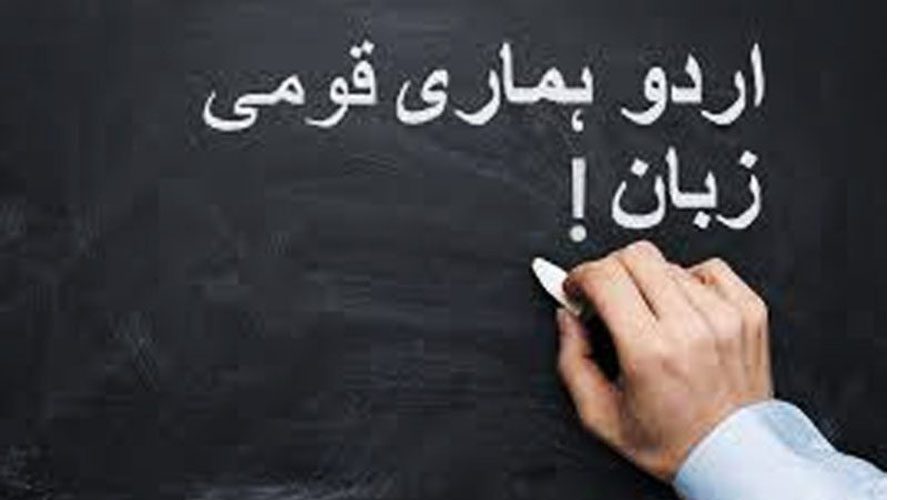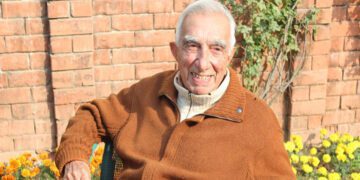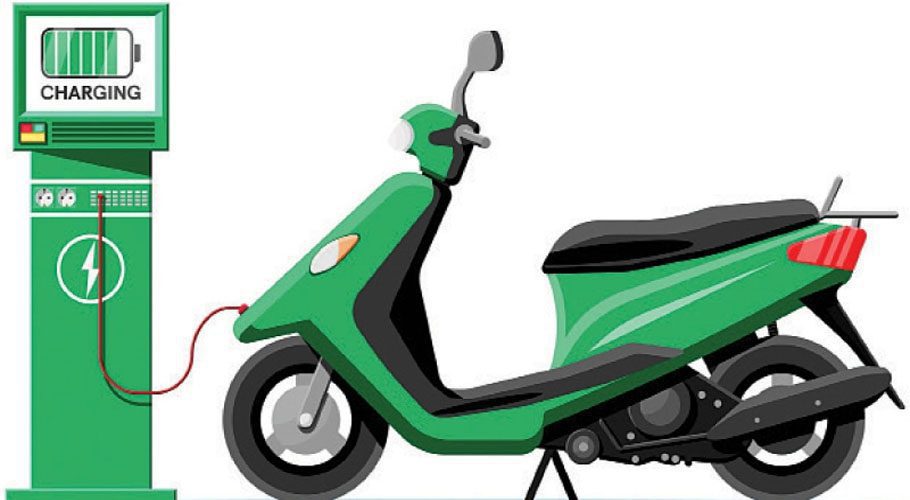![]() Follow Us on Google News
Follow Us on Google News
In the Supreme Court, there has been significant progress in the suo motu notice case related to the election of the two provincial assemblies. Chief Justice Atta Bandial had formed a nine-member larger bench, on which some objections were raised by the ruling alliance PDM. Some of the judges included in the bench also raised this objection. Now four judges have separated from the nine-member larger bench, currently a five-member bench is hearing the case, headed by the Chief Justice of Pakistan.
Who separated and why?
Four judges Justice Ijazul Ahsan, Justice Mazahir Naqvi, Justice Yahya Afridi and Justice Athar Minallah have separated from the bench. While the current bench consists of five judges. Chief Justice Atta Bandial, Justice Muneeb Akhtar, Justice Muhammad Ali Mazhar, Justice Mansoor Ali Shah, Justice Jamal Mandukhel. This bench will hear the case tomorrow and the Chief Justice has indicated that if possible it will be decided tomorrow or very soon as time is running out.
In the Supreme Court, the Chief’s written order of February 23 and the dissenting notes of four judges have been added. Justice Mansoor Ali Shah, Justice Jamal Mandukhel, Justice Yahya Afridi and Justice Athar Minallah have written dissenting notes. Let’s go ahead and discuss their dissenting notes.
How did this whole thing start?
To understand the whole matter, it is important to know and understand the background to know why the objections were made and how they were answered. The case started with the transfer of Lahore Senior Police Officer (CCPO) Ghulam Mohammad Dogar. The Caretaker Government of Punjab transferred Dogar Sahib as soon as he came, and made many other changes. It should be remembered that in general, Caretaker Governments do not do much upheaval in order to maintain their neutrality and not give the impression that a few special officers are being brought by the caretaker governments in certain places.
Before the Supreme Court bench, Dogar Sahib’s lawyers presented the case of overstepping the powers of the caretaker government. In the hearing of the case, it was also pointed out that the supervisors are not doing the work for which they have come, that is, there is no program to conduct the election and time is passing quickly.
The two-member bench of the Supreme Court also summoned the Election Commission of Pakistan in this matter and then the honorable judges realized that the matter is very serious because according to the constitution, elections must be held within ninety days after the dissolution of the Assembly, but four weeks have passed. The election schedule has not been announced yet. These judges wrote a letter to the Chief Justice of Pakistan that it seems to be a case of violation of public interest and constitutional rights, so take suo motu notice and form a larger bench.
Why did the two-member bench write the letter?
This was done because only the Chief Justice of Pakistan has the right and authority to take hundred motion notes. The Supreme Court itself has made this rule, though it is criticized that individual should not be given this power and such power should be vested in the three senior most judges, but this is only a matter of opinion and in practice it is The authority rests with the Chief Justice, so when a judge feels that a case is of an important nature and should be taken up in it, he writes a letter to the Chief Justice, then it is the Chief Justice’s will to form a larger bench or not. make
Also understand that a five-member bench is called a full bench and a bench consisting of more than six, seven, nine, ten, eleven judges is called a larger bench, while if the entire Supreme Court (fourteen, fifteen, seventeen, whatever the judges are at that time) If a bench is formed, it is called a full court bench. According to the constitution, the Supreme Court of Pakistan can have a maximum of seventeen judges, although fifteen judges are currently serving.
Suo moto notice
Under Section three of Article 184 of the Constitution, the Supreme Court exercises this power when it feels that there is a matter of public interest or that the fundamental constitutional rights of citizens are being affected, then it takes automatic notice of a matter. is, called suo moto notice. Otherwise, under normal circumstances, appeals of Supreme Court or High Court cases are filed or a petition is filed, i.e. a party comes to the court only then the court hears the matter. This suo motu notice was most widely used by former Chief Justice Iftikhar Muhammad Chaudhary, since then the authority has been both praised and criticized.
Formation of larger bench
The Chief Justice of Pakistan constituted a nine-member Larger Bench, headed by himself while including the two judges who had written to him and advised him to form a Larger Bench, while apart from them. Justice Mansoor Ali Shah, Justice Muneeb Akhtar, Justice Yahya Afridi, Justice Muhammad Ali Mazhar, Justice Jamal Mandukhel and Athar Minallah. Eight of the eleven most senior judges of the Supreme Court were part of this bench. However, after the Chief Justice, Justice Qazi Faiz Isa and Justice Tariq Masood, who came second and number three on the seniority list, were not part of this bench. It should be remembered that apart from taking suo moto, the Speakers of both provincial assemblies also referred to the Supreme Court.
Objections to the larger bench
The ruling coalition PDM raised two main objections. One of the objections was that Justice Ijazul Ahsan and Justice Mazahir Naqvi should be kept out of the bench while two senior judges, Faiz Isa and Justice Tariq Masood, should be included. Some important bar councils also raised this objection, especially the demand for the involvement of two senior judges and the objection to Justice Mazhar Naqvi.
What was the objection to the two judges?
The objection against Justice Ijaz-ul-Ahsan is of a general nature, according to PDM, he was the judge who delivered the verdict in the Panama case and he has given most of the decisions against PML-N, etc, while the objection against Justice Mazahir Naqvi is more serious. In fact, when the two-member bench was hearing the case, an audio leak came to light in which Chaudhry Parvez Elahi was allegedly talking to Justice Mazahir Naqvi. In the alleged audio leak, Elahi was asking Justice Mazahir to come to his house, while the judge was stopping him saying that there is no need, your man is here, etc.
Proceedings of the nine-member bench
When the nine-member bench started the hearing, some of the judges of the bench raised objections. Justice Jamal Mandukhel on the one hand objected to the suo motu notice that this does not constitute a case under Article 184 sub-section three because Ghulam Muhammad Dogar had gone to the Supreme Court in a service issue, it was not in public interest. Jamal Mandukhel also objected to Justice Mazahir Naqvi that he should not have been included in the bench after the controversial audio leak. Justice Mansoor Ali Shah also raised some objections. One of the interesting objections of Justice Athar Minullah was who has the authority to dissolve the assembly. Justice Athar Minullah also advised forming a full court bench. .
The Chief Justice’s written order of February 23
Now, the written order of the Chief Justice and the dissenting notes of four judges have been included in the order.
Chief Justice Atta Bandil, defending the taking of Suo moto notice, said that it is a legitimate case of violation of public interest and constitutional rights because according to the constitution, elections are to be held in ninety days, while five weeks have been wasted, but the election schedule is also in this regard. not given. There is this case in the High Courts (Lahore, Peshawar), but there is a lot of delay.
During the hearing, the Chief Justice had said an interesting phrase that the questioner comes to us with a case, for the first time the constitution itself has knocked down the court’s door. The Chief Justice also responded to Athar Minallah’s point in which he said that it should be seen whether the dissolution of the assemblies has been done according to the law or not. The Chief Justice said that now is not the time and anyway no one has challenged the dissolution of the provincial assemblies. Speakers of both assemblies who are the custodians of the assembly, even if they do not challenge the dissolution, there is no judicial intervention on it.
Justice Jamal Mandukhel’s dissenting note
According to Justice Jamal, Dogar Sahib’s case was purely a service matter and had nothing to do with the election, therefore the bench should have refrained from summoning the Election Commission of Pakistan to the court and advised suo motu notice. It doesn’t even happen. Justice Jamal also commented on the audio leak of Mazahir Naqvi and also that these two judges should not have been included in the larger bench as they had already expressed their minds in the case.
Justice Mansoor Ali Shah’s dissenting note
Justice Mansoor first made it clear that he does not agree with the suo moto case but cannot deny his constitutional responsibility, that is, he will not leave the bench despite not agreeing with suo moto. Justice Mansoor agreed with Jamal Mandukhel that it was a pure service issue, suo moto should not have been taken on it, adding that no institutional response has yet been given by the Supreme Court or the Judicial Council on the audio leak. Shah also said that the two senior most judges were not included in the larger bench, which was wrong.
Justice Yahya Afridi’s dissenting note
Justice Afridi’s position is interesting, on the one hand, he declared Suo moto notice as a matter of public interest and a violation of the basic constitutional rights of the citizens. However, he also said that it was inappropriate because these cases are under hearing in the Lahore and Peshawar High Courts and the Supreme Court should not have intervened in such a political environment. According to him, the public should not get the impression that the Supreme Court is willing to rule on the matter.
Justice Athar Minullah’s dissenting note
Justice Sahib initially agreed with Yahya Afridi’s stand. Going further, he defended his point that it should be seen who has the right to dissolve the assembly. According to Justice Athar Minullah, this matter is related to the election because if the assembly was dissolved wrongly, then there is no need to give the date of the election. should not be interfered in, however, in this case they seem to be of the opinion of interfering in a very internal matter like the dissolution of the assemblies of the court.) Athar Minullah has also said that every case of suo moto notice should be heard by the full court. should be done because this is an unusual case.
What could be a possible decision?
The judgment of the court will be assessed tomorrow, however, looking at the judgment of the judges, the previous decisions and the point of view, my personal opinion is that the majority decision will be regarding holding elections in ninety days, and it seems very difficult to avoid it. The decision appears to be three-to-two, but it may be four-to-one or unanimous on a particular point, although dissenting notes seem certain at this point, whether from the overall decision or some of its parts.
The Supreme Court has to decide the basic point of who is to announce the election date and if no one is performing this responsibility like the Governor in the present situation, can the Election Commission do it automatically, similarly to the President? The legality of the date given will also be determined. Either it will be said that the President does not have the authority to make it clear for the future or it will be forced to be accepted in the specific circumstances of today. will It is also possible that the Supreme Court itself, instead of saying anything, asked the Election Commission to exercise its constitutional authority and back and support it in doing its work with courage.
In my personal opinion, the matter is going towards holding provincial elections within 90 days. The situation will be clear by the rest of tomorrow evening, it is possible that our words will be proved wrong or it is possible that the opinion will turn out to be correct.


























